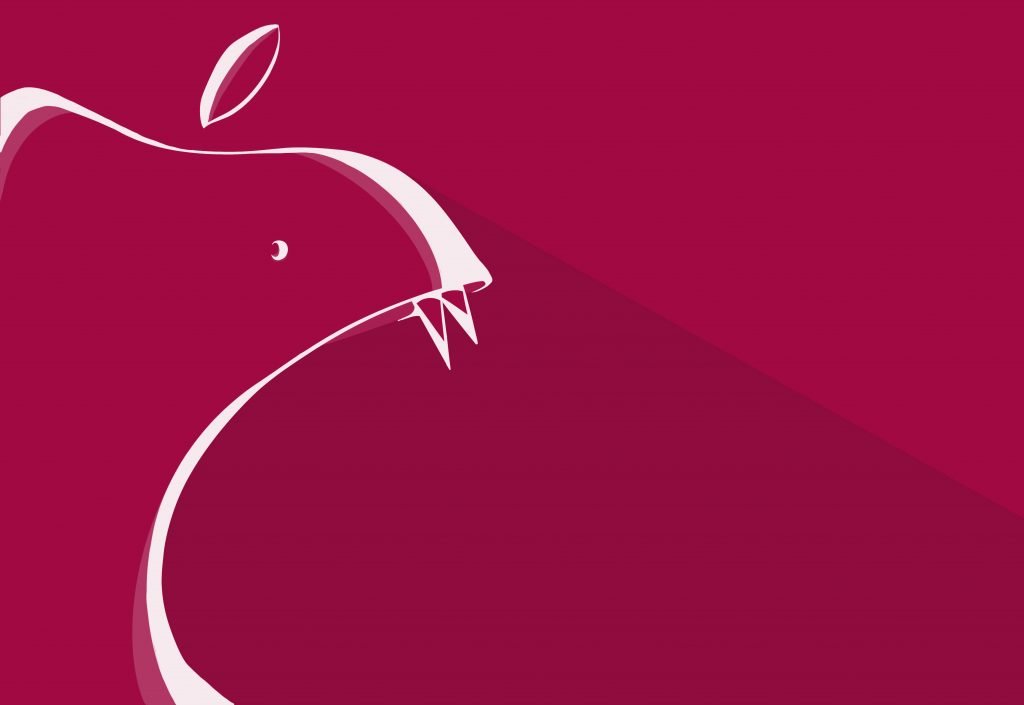Last month, Apple, one of the biggest names in tech, unveiled a news subscription service that could upend failing traditional revenue models for journalism. In light of the announcement and launch of Apple News+, it’s worth considering how the news business got into such a difficult situation, and if big tech is truly the way out.
“Imagine, if you will, sitting down to your morning coffee and turning on your home computer to read the day’s newspaper. Well, it’s not as far-fetched as it may seem.” In 1981, a local San Francisco news station began a report on the first digital newspapers with those words. “This is an experiment,” said David Cole of the San Francisco Examiner, sitting by a computer terminal as he read and retyped that day’s paper onto a monitor. Back then, reading the news on a digital screen was a novelty reserved for wealthy hobbyists like Richard Halloran, who appeared in the report. Below his name, a caption boldly proclaimed: “Owns Home Computer.”
Over the last three decades, Halloran’s once-privileged title has become laughably commonplace. As computers and the concept of the internet became staples of our culture, free information permeated the world wide web. For the first time, blogs and individuals were able to compete with the world’s most established newspapers for readership. Images, and later video content, brought more richness and variety to the online reading experience. Computer hardware and software were commodified, but the data that made them useful remained free.
Today, the accessibility of that data has been compounded by the disintegration of the personal computer as we knew it. With ultra-portable smartphones and tablets, news has become inescapable. Using a computer used to be an active decision, and a laborious one at that. Now, we no longer seek information out — it comes to us, through an alert, a tweet or a text.
The biggest problem with the freedom of information online is that journalism is decidedly not free to make. For many consumers, it may seem counterintuitive to pay for news. After all, it’s just text, photos and videos — information floating in the ether of the internet. At the dawn of the digital age, media companies themselves didn’t even think to charge for their online editions. But it costs money to hire journalists, editors, photographers and producers. Consistently putting out engaging and useful content is expensive, especially while competing with thousands of other outlets for eyeballs.
Advertising, once the largest single source of revenue in the news business, has been steadily shrinking. The value proposition of an online ad simply isn’t as worthwhile as it was in print. A decision to buy a product or pay for a service is far more direct on the internet than it was when readers couldn’t instantly make purchases from anywhere and at any time.
In the last decade, online news outlets have begun putting up paywalls — barriers that prevent readers from viewing any content until they sign up for a subscription. They began as a scheme to get around ad-blockers, web extensions that allowed readers to hide pesky ads, but cut off all ad revenue as a result. Today, many paywalls are “hard,” meaning they force readers to pay before they can see any content, even if they don’t have ad-blockers on. The paywall is a concept that flies in the face of the internet’s communal nature, but one that companies as large as Condé Nast and The New York Times found necessary as ad revenues shrank.
In the contradiction that is digital media, big tech saw an opportunity. As an unavoidable middleman in an increasingly digital world, the modern tech firm became increasingly involved in the distribution of journalism online.
Facebook and Google, the companies behind two of the most visited sites on the web, now dominate online advertising. They have effectively inserted themselves between content publishers and consumers, distributing ads through their own platforms and taking 70 percent of revenues. This is the situation that analysts blamed for a series of sweeping media layoffs from companies once thought to be the future of media — Buzzfeed, HuffPost and Vice among them. Facebook and Google also control two hugely popular news aggregators, places where users can explore and find news from a variety of sources at once. Google’s search and Facebook’s news feed are both algorithmically designed to keep users off publishers’ sites and on their own, siphoning off even more potential ad revenue.
In light of these recent catastrophic developments, Apple, a relative newcomer to the digital media industry, has been promising a solution. Last year, they purchased Texture, a magazine service founded by Condé Nast, News Corp and Time, among other media giants. Texture provided its users with access to a plethora of magazine content for a flat subscription rate. Now under Apple’s control, Texture is merging with Apple News, the free news aggregator that comes pre-installed on nearly all devices the company ships. Apple News+, the repackaged service released in late March, charges users a similar flat subscription rate for what has been dubbed a “Netflix for news,” featuring content from magazines and select newspapers. Just days before its announcement, Eddy Cue, Apple’s senior vice president of services, was courting major news organizations in the hopes of expanding the service’s content base at launch. However, negotiations hit a snag with some outlets.
That snag is Apple’s proposed revenue model: they want to keep half of what subscribers pay and divvy up the other half among outlets according to viewership. When the proposal leaked, analysts and commentators were outraged. It seemed that the company’s promise to protect good journalism was just a facade, masking yet another media cash grab by a big tech firm. The Verge’s Casey Newton called the deal “a potent symbol of the concentration of power among a handful of tech companies, along with the total inattention to marketplace competition by regulators.” Daring Fireball’s John Gruber wrote that “given the margins in the news industry today,” Apple’s model would be “insane.”
Barbara Selvin, a professor at Stony Brook University’s School of Journalism, teaches a course on the constantly evolving news business. She said that “it would be better for the country, not to mention the news business, if [Apple was] more generous and more equitable in considering other stakeholders.” Her real worry is not for established outlets that already have a successful subscription base, but for smaller news organizations, for whom joining Apple’s service is “a no-win situation.”
With the participation of a few key players, including The Wall Street Journal and The Los Angeles Times, Apple News+ launched on March 25. Will it be the end-all, be-all model for digital news? Selvin certainly doesn’t think so. “I think there’s still a lot of room for creativity and for new models to come forward,” she said. “I was just reading an interesting piece yesterday about the idea of edition-based news products that have kind of a finite quality to them. It’s a news product that has a beginning and an end, so you’re not just endlessly scrolling through something like you do with an aggregator like Apple News.”
Ultimately, the service may be just one more encroachment by a greedy tech firm on the media industry. News organizations large and small are about to face a true test: how to respond to such a gross imposition on their profits. To avoid becoming victims of predatory technology companies, they will have to incentivize direct investment. Persuading the public to pay for journalism will not be easy, but with enough ingenuity and creativity, viewers may find real value in the content they consume.




Comments are closed.